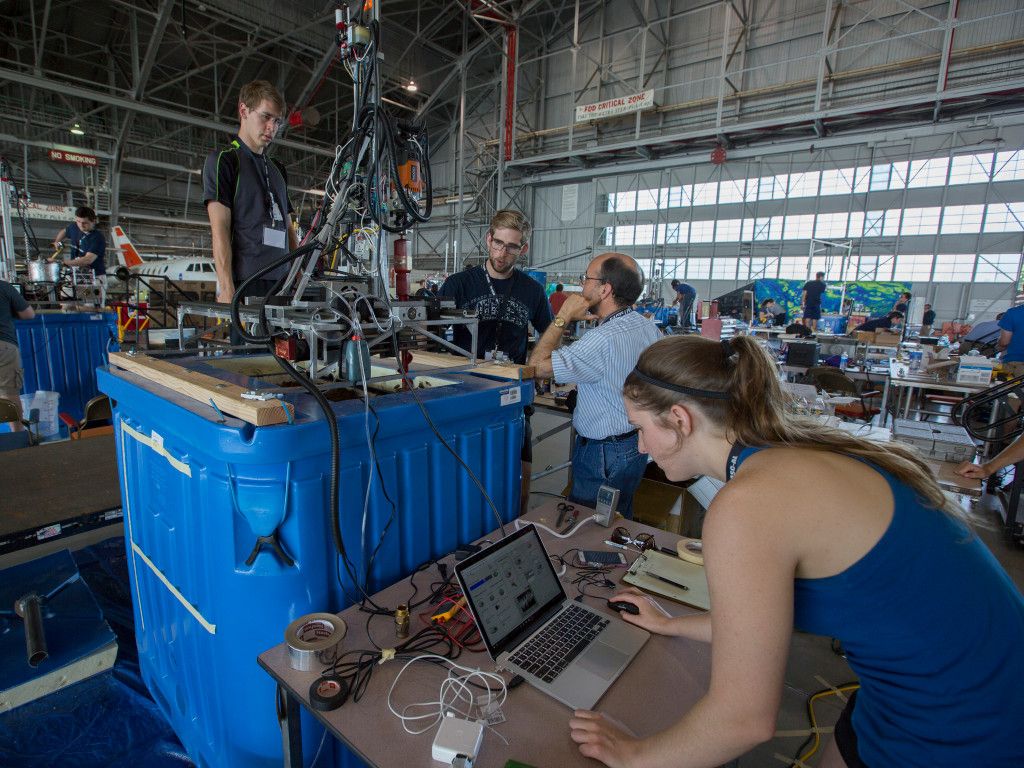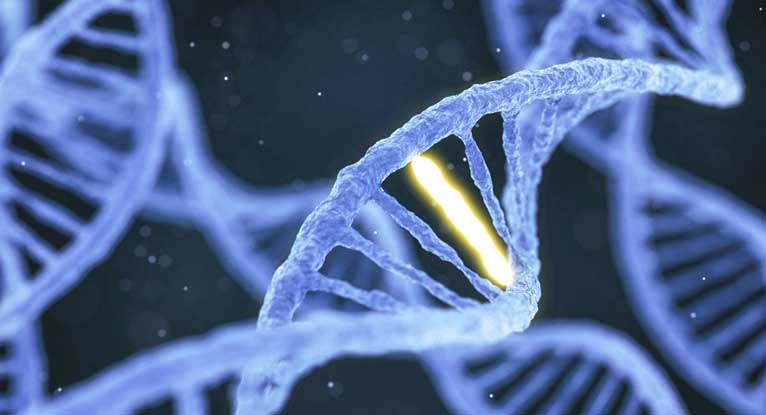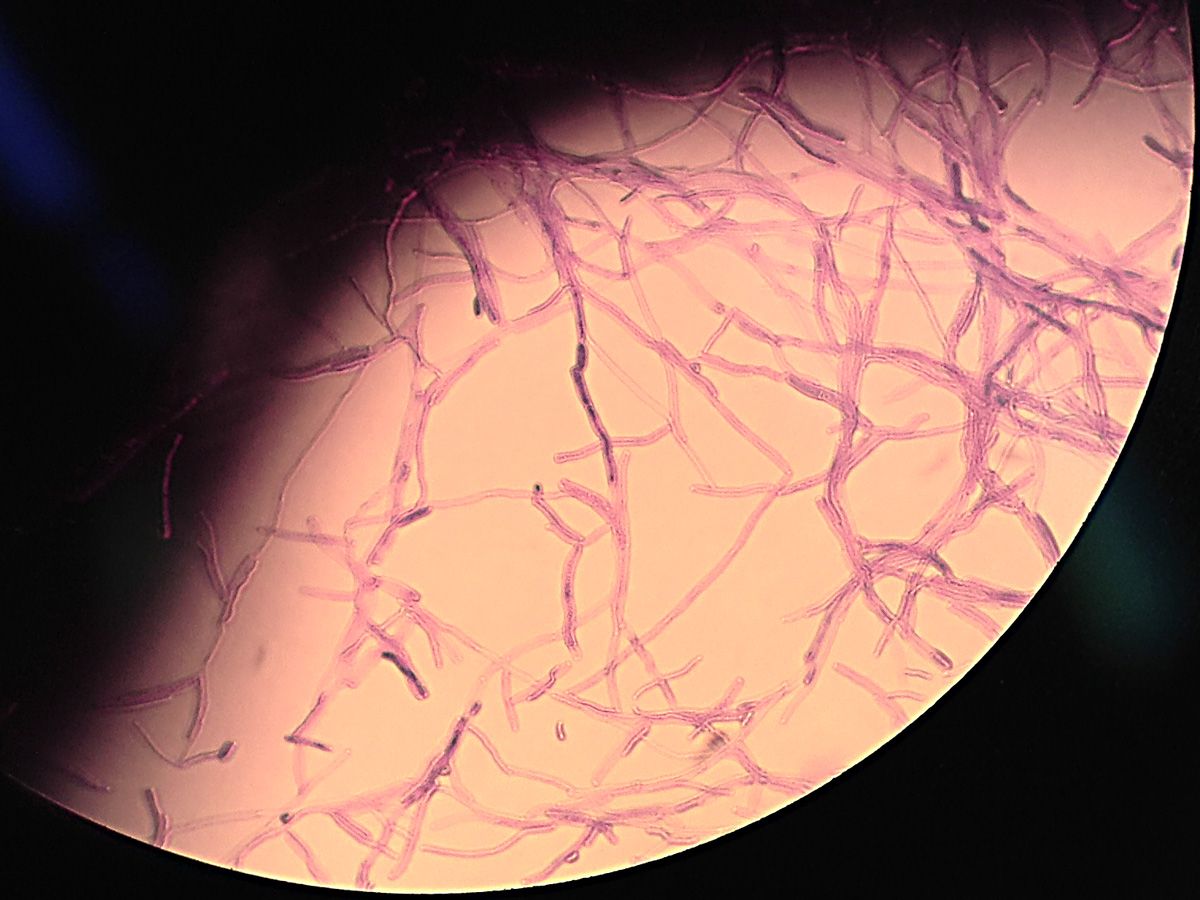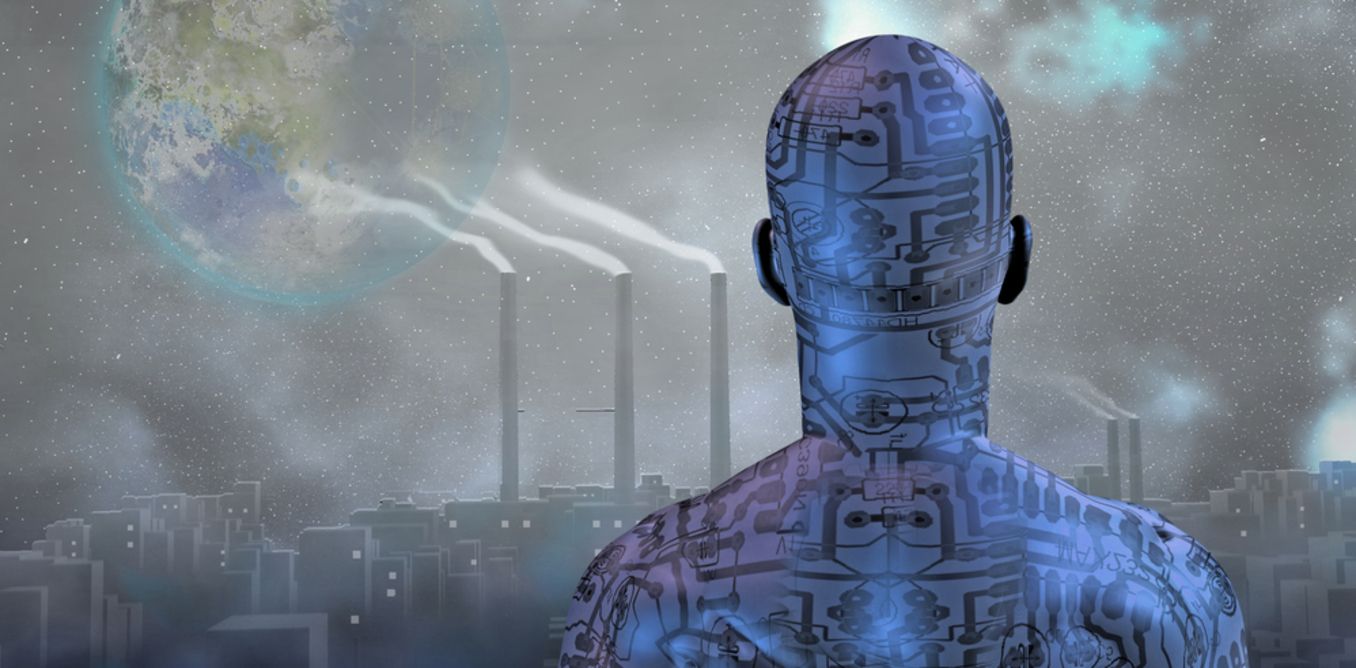The Colorado School of Mines is no longer concerned with just earthly matters.
The world-renowned science and engineering institution in Golden is now eyeing asteroids, the moon, Mars and beyond to explore, extract, process and use the raw materials they provide to help sustain life in space.
Mines hopes to launch a first-of-its kind interdisciplinary graduate program in space resources in 2018, pending approval by school leaders. The first course, Space Resources Fundamentals, is being offered as a pilot program this fall.








